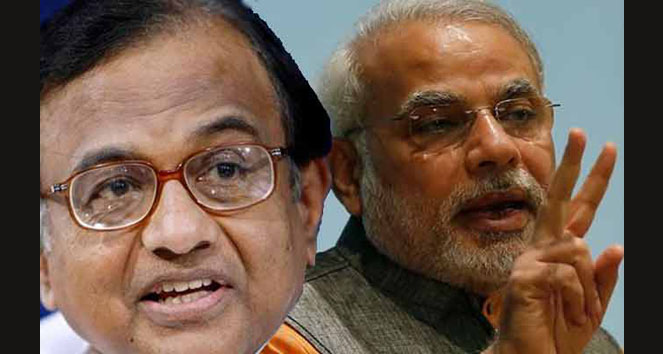Yesterday, the government announced that currency notes of the denomination of Rs 500 and Rs 1000 will no longer be legal tender. The Prime Minister has justified the decision as part of a plan to crack down on black money. If the purpose of the decision is to unearth and stamp out black money, and prevent its generation, it deserves our support.
The decision of the government has to be seen in the background of undisputed facts and data.
- In 1978, the Janata government demonetized high denomination notes. By all accounts, that action failed to achieve its objectives. High denomination notes were re-introduced shortly afterwards and the volume of unaccounted wealth and income admittedly increased.
- Rs 500 and Rs 1000 notes in circulation, by value, account for 86.4 per cent of all the notes in circulation. All those notes will be withdrawn. If a person tenders an old note, it has to be replaced. Government has practically acknowledged that they cannot be replaced by smaller denomination notes (Rs 100, 50, 20, 10, 5, 2 and 1). Hence, the decision to introduce a new series of high denomination notes of Rs 500 and Rs 2000 and, presumably, also Rs 1000. Ultimately, only the old notes that are NOT legally exchanged for new notes will be actually demonetized. How much will that be, by value, is uncertain and unknown. This will be real test of the success of demonetization.
- Introduction of new series of notes is estimated to cost between Rs 15,000 – 20,000 crore. Hence, the economic gains of demonetization should be at least equal to that amount.
- Replacement of old notes by new notes should be done quickly, efficiently and with the least inconvenience to the people, especially the poor, the middle class, the farmers, the daily-wage earner, the small traders and businesspersons, the students, the self-employed and the housewife, because every one of them will have a few notes of high denomination. The government and the banks will be on test on how well they handle the implementation of the decision.
- 40 years ago, a Rs 500 note was a high denomination note. Today, it is doubtful if a Rs 500 note can be regarded as a high denomination note. One has to take into account the inflation in the intervening period. The Rs 500 note is widely circulated and used. That is why, I think, the government had no option but to re-introduce the Rs 500 note. If the vast majority of the old Rs 500 notes are legally exchanged for the new Rs 500 note, what purpose will be served by the elaborate exercise?
- The introduction of the Rs 2000 note is a puzzle. How will this move help in preventing the generation of black money? If new income or wealth is unaccounted, will not that income or wealth be hidden in the Rs 2000 notes? How is demonetization of high denomination notes served if a new and HIGHER denomination note is introduced? Government must explain this apparent puzzle.
- The economic wisdom of the government’s decision will be tested on three parameters:
(a)The present cash to GDP ratio is 12 per cent. Will it come down to the world average of about 4 per cent?
(b) The value of the high denomination notes currently in circulation is about 15 lakh crore rupees. Will that value come down
significantly?
(c) Will gold imports surge indicating that unaccounted income/wealth may seek refuge in bullion and gold jewellery?





